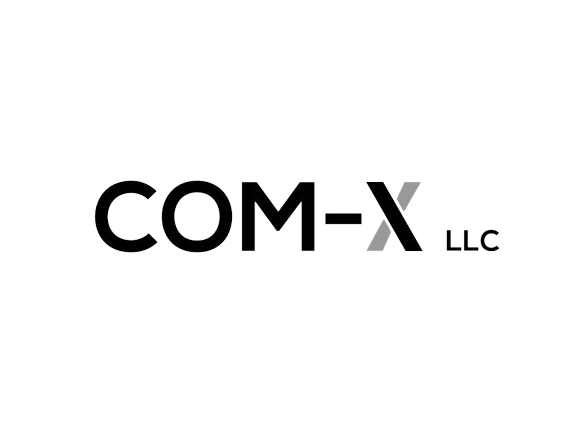Introduction
The Internet of Things (IoT) has emerged as a transformative technology, enabling the creation of intelligent, interconnected systems that enhance automation and efficiency across various domains. By seamlessly integrating physical devices with internet connectivity and data analytics, IoT facilitates the development of smart environments and automated processes that streamline operations and improve user experiences.

IoT Foundation for Smart Systems
At the core of IoT is the ability to connect everyday objects to the internet, allowing them to collect, exchange, and analyze data in real-time. In addition, This connectivity forms the foundation for the development of smart systems, where sensors, actuators, and other devices communicate and collaborate to monitor and control physical environments. From smart homes and buildings to industrial facilities and smart cities, IoT enables the creation of intelligent ecosystems that respond dynamically to changing conditions and user preferences.
Automation and Efficiency
One of the key benefits of IoT is its ability to drive automation and efficiency across a wide range of applications. In addition, By leveraging IoT sensors and actuators, organizations can automate routine tasks, optimize resource utilization, and improve operational efficiency. For example, in manufacturing, IoT-enabled machines can communicate with each other to optimize production schedules and prevent downtime, while in agriculture, IoT sensors can monitor soil moisture levels and automatically adjust irrigation systems to conserve water and maximize crop yields.
Enhancing User Experience
IoT plays a crucial role in enhancing user experiences by providing personalized, context-aware services and insights. By capturing and analyzing data from connected devices, IoT systems can anticipate user needs and preferences, delivering tailored experiences that meet individual requirements. For instance, in the retail sector, IoT-enabled beacons can track customer movements within stores and send targeted promotions or product recommendations based on their browsing history and location. Similarly, in healthcare, wearable IoT devices can monitor vital signs and alert healthcare providers or caregivers in case of abnormalities, enabling proactive and personalized care.
Conclusion
In conclusion, the Internet of Things (IoT) serves as a catalyst for the development of smart and automated systems that revolutionize how we interact with our surroundings and manage our resources. By harnessing the power of IoT, organizations can drive innovation, improve efficiency, and enhance user experiences across diverse industries and domains. As IoT continues to evolve and expand its reach, its potential to transform the way we live, work, and interact with the world around us will only continue to grow.

